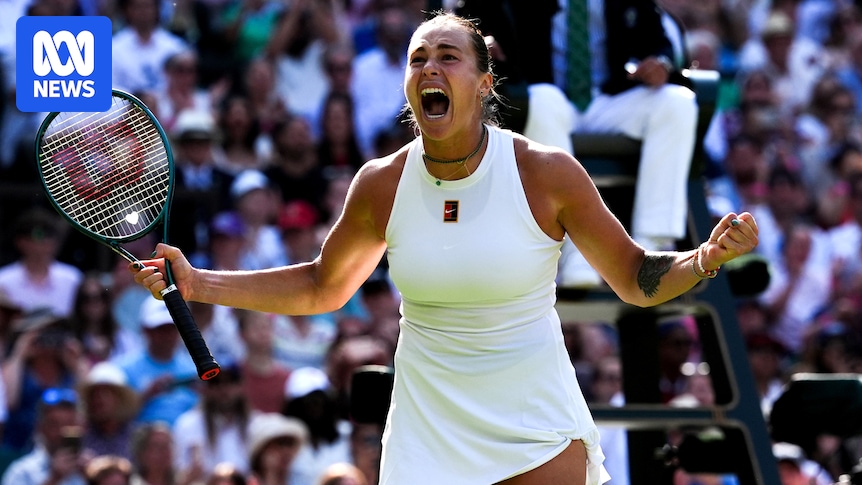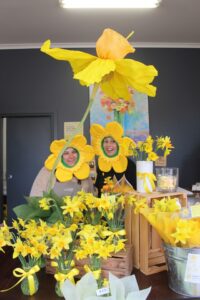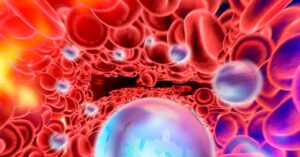
Aryna Sabalenka will face Amanda Anisimova in the Wimbledon women’s singles semifinal, a matchup eagerly anticipated as the Championships progress into their decisive stages. However, the journey to this point was fraught with unexpected challenges for both athletes.
Sabalenka, the world number one and a favorite for the title, found herself on the brink of elimination against 37-year-old Laura Siegemund, ranked 104th. The Belarusian was trailing 4-3 and a break down in the third set, having already dropped the first set. Meanwhile, Anisimova narrowly avoided squandering a significant lead against Anastasia Pavlyuchenkova, eventually securing her victory 6-1, 7-6 (11-9) after saving five set points.
Sabalenka’s Resilience and Reflection
Reflecting on her performance, Sabalenka credited a tough self-assessment following her French Open final loss to Coco Gauff for her ability to persevere. In that match, she committed 70 unforced errors, losing despite winning the first set. This prompted a realization about the need to better control her emotions on the court.
“I think there’s a big possibility that I would have lost this match if I didn’t learn that lesson at the French Open,” Sabalenka admitted after her 4-6, 6-2, 6-4 victory, which lasted just under three hours. “In some moments I just … kept reminding myself, ‘Come on, it’s the quarterfinal of Wimbledon, you cannot give up, you cannot let the emotions just take over you and lose another match’.”
“I was just reminding myself that it’s my dream, why would I give up so easily, so I have to keep fighting … I kept telling myself that, and I was willing to win points, to push myself and to get those tough points.” – Aryna Sabalenka
Anisimova’s Emotional Battle
Similarly, Anisimova faced her own emotional struggles as the 50th-ranked Pavlyuchenkova mounted a comeback. The Russian veteran won three consecutive games, saving two match points with a daring drop shot that left Anisimova stunned. The American, who did not qualify for Wimbledon last year but reached the quarterfinals in 2022, was visibly emotional, mouthing “one more point” to her support team during the tense tiebreak.
The 23-year-old Anisimova, who took a break from the tour in 2023 citing mental health and burnout, expressed her mixed emotions after the match. “It’s been an extraordinary year for me,” she said. “So many highs. It’s just been such a ride, and I’ve been enjoying every step of the way.”
“Even times like today, when you’re not sure you’re going to cross the finish line, I keep reminding myself to enjoy the moment.” – Amanda Anisimova
Historical Context and Future Prospects
The upcoming semifinal marks a significant moment in both players’ careers. Sabalenka and Anisimova last met at Roland-Garros, where Sabalenka triumphed 7-5, 6-3. However, she acknowledges the challenge Anisimova poses on grass. “I definitely think this surface suits her game really well. That’s why she’s playing so well so far,” Sabalenka commented.
The remaining women’s quarterfinals will feature seventh seed Mirra Andreeva against Belinda Bencic, and eighth seed Iga Świątek facing 19th seed Liudmila Samsonova. These matchups promise to deliver further excitement as the tournament progresses.
As Sabalenka and Anisimova prepare to face each other, their journeys underscore the unpredictable and thrilling nature of Grand Slam tennis. Both players have demonstrated resilience and adaptability, qualities that will be crucial as they vie for a place in the final.
Their encounter is not just a test of skill but also a testament to the mental fortitude required at this level of competition. Fans can expect a match filled with intensity and passion as these two formidable athletes battle for glory on Wimbledon’s storied grass courts.






